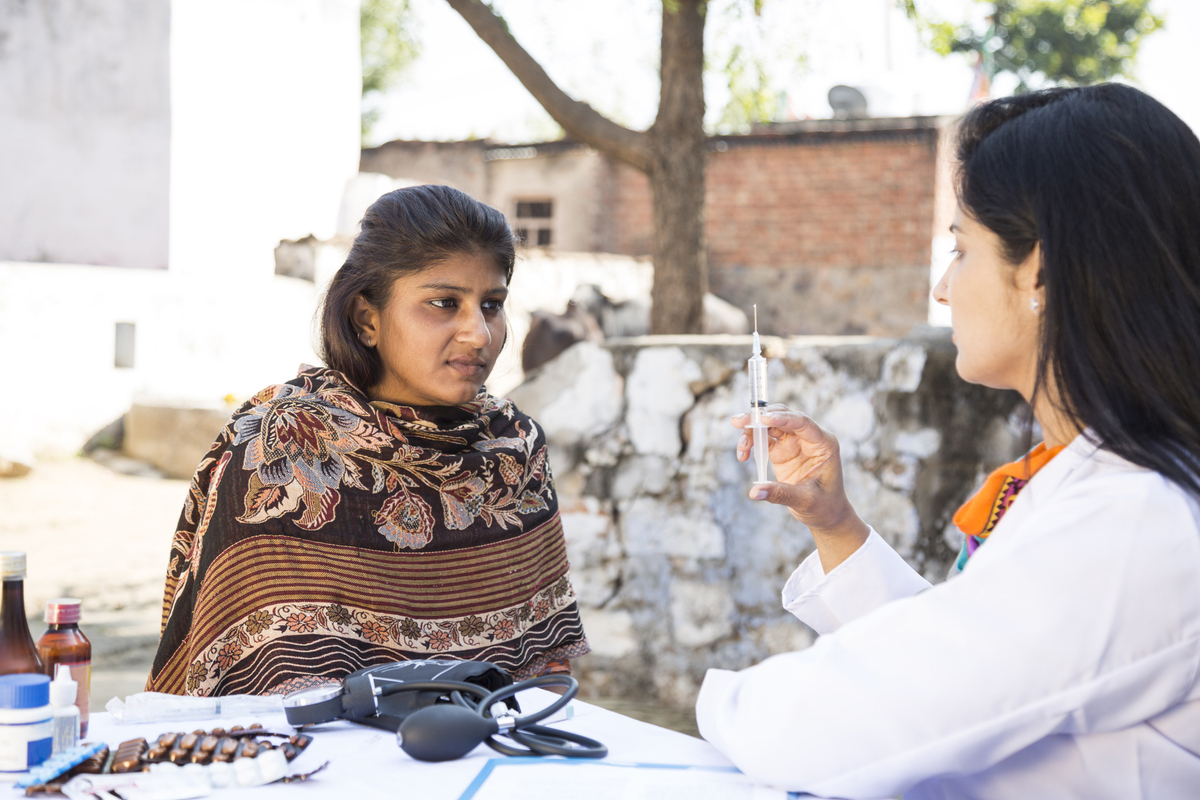Inheritance tax could nullify the progress India made in last 10 years: Nirmala Sitharaman
The finance minister criticised the Congress party for allegedly advocating the inheritance tax.
The striking feature of the Finance minister’s proposals is the signal of intent to put in place hospitals based on the Public- Private-Partnership matrix in an effort to lend an impetus to the Centre’s flagship health programme, called Ayushman Bharat.

(Representational Image: iStock)
It is a truism of public policy that healthcare in India is for those who can afford it. Theoretically, therefore, Nirmala Sitharaman’s second budget has been partially riveted to healthcare ~ a pivotal segment of the social sector and public policy in the wider canvas. It would be direly unfortunate if healthcare reflects what two Nobel Laureates have called “Poor Economics”. The striking feature of the Finance minister’s proposals is the signal of intent to put in place hospitals based on the Public- Private-Partnership matrix in an effort to lend an impetus to the Centre’s flagship health programme, called Ayushman Bharat.
The progress of such socalled “flagships”, pre-eminently employment generation in rural areas and education, has since their inception been hobbled by insufficient funds and shoddy implementation. It is a reassuring thought that a tidy sum of Rs 69,000 crore have been allocated to the health sector ~ up from Rs 61,398 crore in the previous budget. The allocation of Rs 6,400 crore for PMJAY (Prime Minister Jan Arogya Yojana) remains static, however.
Arguably, the same allocation for this yojana stems from the inability ~ is ‘failure’ the appropriate expression? ~ to utilize the allocation hitherto in force, consequent to the revised budget estimates. The success or failure of the increased allocation for 2020-21 will depend on the will and effort to spruce up the healthcare mechanism, now frightfully decrepit in large parts of the country, most particularly in rural areas. Rightly has Mrs Sitharaman acknowledged the need to set up more hospitals in the PPP mode in what they call Tier-2 and Tier-3 cities for the poor.
Advertisement
The need to cover those districts that are yet to boast Ayushman- empanelled hospitals is imperative. Poverty in India knows no frontier. On a parity of reasoning, healthcare affords no scope for selective action. The hallmark of uniformity can thus never be ignored. Yet another critical facet to the health budget is the proposal to impose a tax on medical equipment that will be necessary to support the expanded infrastructure. By the minister’s own admission, “these goods are now being made significantly in India”.
The “nominal health cess”, by way of a hiked Customs duty will hopefully not render medical care still more expensive, most particularly in private hospitals. The economics of healthcare ought not to be counter-productive for a certain segment of the populace. On the contrary, the decision to “attach a medical college in the PPP mode to an existing district hospital” will be generally welcomed by doctors on the make.
In terms of value addition to medical education and training, she has proposed special bridge courses for teachers, paramedical staff and caregivers. Regretfully though, there is no reference to rural service, compulsory or otherwise, to revamp the sector. The fact that doctors are generally loathe to serve in rural areas has been one major impediment towards holistic development. Millions are on the cusp of sickness… and not merely in the aftermath of the novel coronavirus.
Advertisement